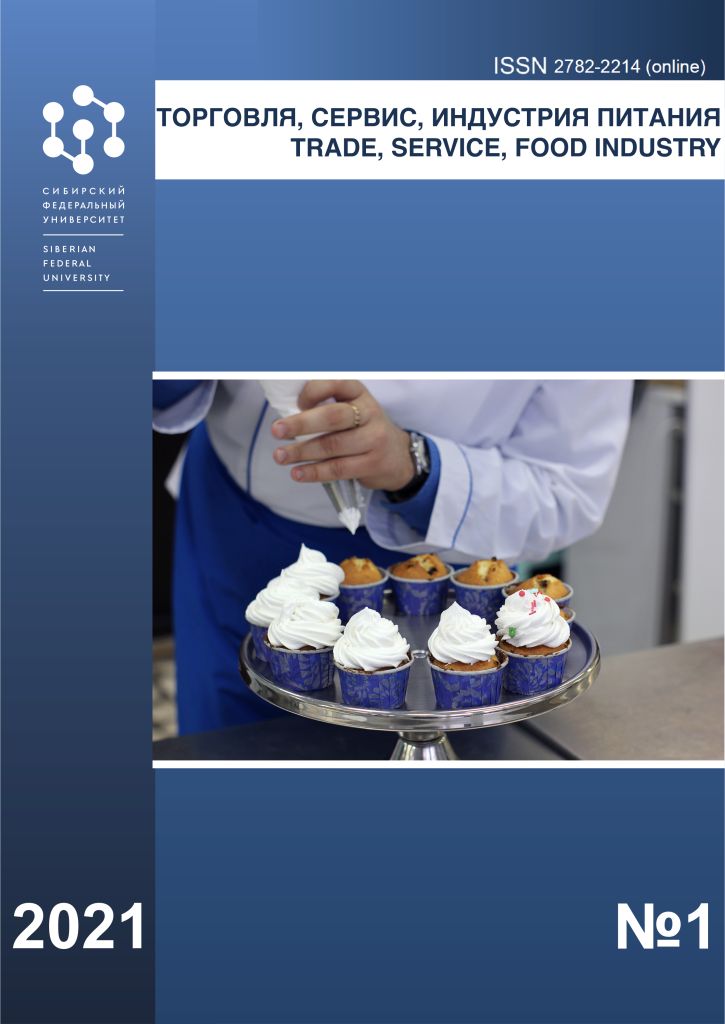Russian Biotechnological University
Moscow, Russian Federation
The problems of safe use of packaging for contact with food are discussed. In particular, the possibility of migration of low molecular weight chemicals from packaging materials to a consumer product, which above a certain established threshold value, represents a significant risk, has been investigated. Particular attention is paid to packaging that contains recycled materials. The problems that need to be solved for the safe use of recycled materials in packaging are discussed. An example of the use of polyethylene terephthalate (PET), which has passed the stages of controlled aging in mechanical recycling, is considered. The change in the microstructure of the polymer from cycle to cycle, its chemical composition and physical parameters were assessed by methods: physico-mechanical, optical and electron microscopy with X-ray microanalysis, FT-IR spectroscopy, viscosity (melt flow rate), biotesting. A noticeable effect of the aging process on both the original primary polymer and the recycled one is shown. Moreover, the biotesting method revealed sufficient toxicity of both secondary PET, which has a certificate, and PET flakes. As the oxo-degradable packaging, two samples of industrial polymer packaging were chosen, which contained different oxo-degradable additives: d2w and "REVERTE". The ciliates Tetrahymena pyriformis were used as test objects. Research has shown that a declared supplement can only be a declaration. The analysis of the microstructure and chemical composition of the films by X-ray diffraction microanalysis revealed the absence of transition metal ions. The test objects of the ciliates behaved practically the same in control solutions and in the presence of the studied films with the d2w oxo additive, which reliably indicates the absence of these additives in the films. The prospects of using the methods of biotesting of packaging materials have been proved as they allow, without the use of model environments and sanitary-chemical studies, to give a relatively quick conclusion about the safety of the material and its suitability for contact with food.
packaging safety, food products, secondary polymers, polyethylene terephthalate, biotesting
1. The strategy for the development of mechanical engineering for the food and processing industry of the Russian Federation for the period up to 2030: order of the Government of the Russian Federation of 08.30.2019, № 1931-r. URL: http://www.consultant.ru/document/cons_doc_LAW_332931/
2. Chalykh, T.I., Kosnyreva, L.M. & Pashkevich, L.A. (2004). Commodity research of packaging materials and containers for consumer goods. Moscow. Academy. 368 p.
3. Food Losses and Waste in the Context of Sustainable Food Systems. Report of the High Level Panel of Experts on Food Security and Nutrition of the Committee on World Food Security. HLPE, Rome. 2014. URL: http://www.fao.org/3/a-i3901r.pdf
4. Boyko, A.G. (2018). Prospects for the development of packaging in the food industry. In: Sat. materials of the conference "Current state and prospects of development of packaging in the food industry". Moscow. MGUPP, 2018. Pp. 10-11.
5. Krutovsky, A.V. & Chalykh T.I. (2018). Requirements for packaging safety in international legislation. In: Sat. materials of the conference "Current state and prospects of development of packaging in the food industry". Moscow. MGUPP, 2018. Pp. 11-13.
6. Sinitsyna, M.V. (2020). The influence of packaging based on modified recycled polyethylene terephthalate on the quality of food. Moscow: PRUE. G.W. Plekhanov.
7. Technical Regulations of the Customs Union TR CU 005/2011 "On the safety of packaging", (as amended).. URL: http://www.consultant.ru/document/cons_doc_LAW_332931/
8. Chalykh, T.I. (2017). Examination of the quality of packaging used for canned fruits. In: Quality and safety of consumer goods. Articles from a round table with international participation. Varna. Science and Economics, University of Economics.
9. https://www.carbontrast.com
10. https://www.danone.com/impact/planet/packaging-positive-circular-economy.html
11. Kuzin, I.A., Vasiliev, A.N. & Menshikov, V.V. (2017). Analysis of the market for secondary polymer raw materials. Advances in chemistry and chemical technology. XXXI (15). Pp. 54-55.
12. Kirsh, I.A. & Chalykh, T.I. (2015). Regulation of physical and mechanical properties of secondary polyethylene terephthalate by chemical and physical modification. Bulletin of Kazan Technological University. 18 (7). Pp. 79-82.
13. Chalykh, T.I., Ruzhnikova, J.E. & Sinitsina, M.V. (2011). Safety of packaging with recycled content. In: Materials of the First International Congress "Environmental, Food and Medical Security of Humanity". Moscow. PRUE. GW. Plekhanov. Vol. 2. Pp. 252-254.
14. PND FT 14.1: 2: 3: 4.12-06 “Toxicological control methods. Methodology for measuring the amount of Daphnia magna Straus to determine the toxicity of drinking, fresh natural and waste water, water extracts from soils, soils, sewage sludge, production and consumption waste by the direct counting method ”, 2014. P. 38.
15. Chalykh, A.E., Aliev, A.D. & Rubtsov, A.E. (1990). Electron probe microanalysis in the study of polymers. Moscow. Nauka. 192 p.
16. Eliseeva, L.G., Leonova, I.B. & Yurina, O.V. (2014). Perspective methods of biotesting of food safety. J. Commodity expert of food products. Vol. 12.








